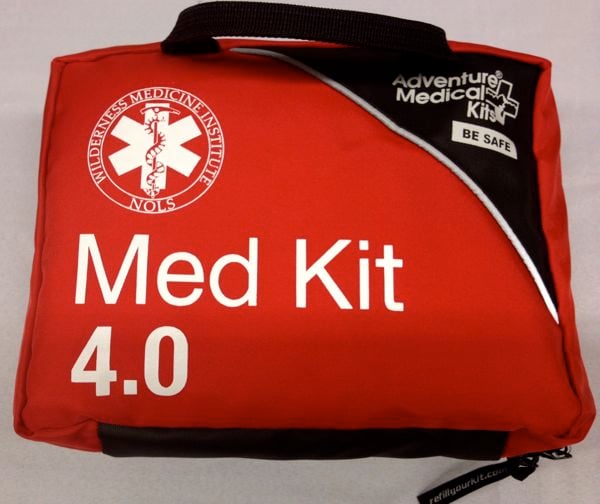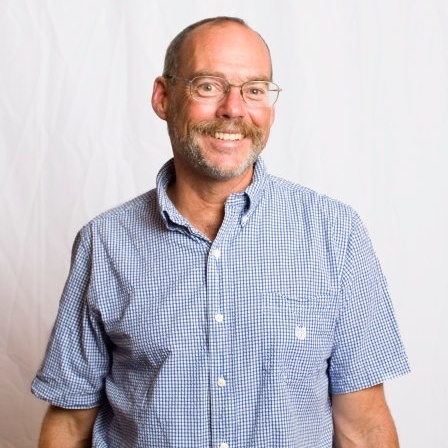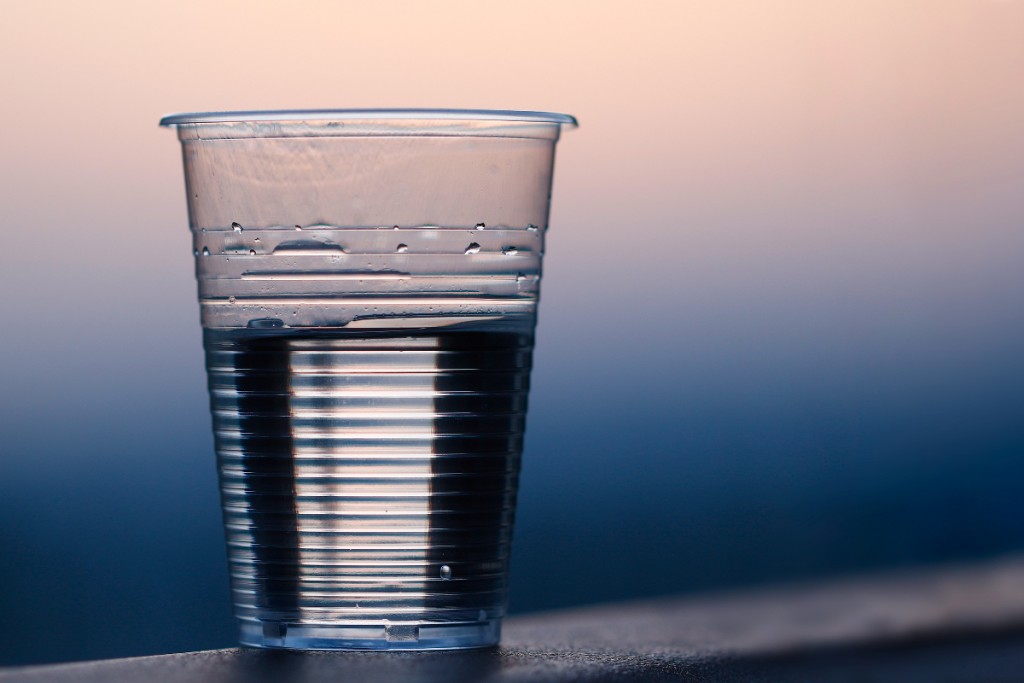I recently exchanged emails with a fellow who asked if it was acceptable to freeze the auto-injector in his first aid kit. I told him of course not, you may not have time to thaw the medication. Now curious, I intentionally froze four expired EpiPens® on a minus 22ºF night and timed how long it took to thaw the autoinjectors in my armpit. This is what I found:

The EpiPen used in this experiment.
- At zero minutes (the auto-injector was completely frozen), it fired with a normal amount of pressure while frozen, the needle extended, but no liquid was ejected. When opened, the epinephrine was frozen and there were no obvious cracks in the tubex. I thawed the remaining three EpiPens® in my left armpit (97ºF via our household mercury thermometer).
- At three minutes I discharged the second EpiPen®, with only a dribble from the needle. I opened this EpiPen® and found the epinephrine still frozen.
- At four minutes I discharged the third EpiPen® and I saw a stream of liquid, but it seemed less than expected. The epinephrine in this unit was partially thawed.
- At five minutes I discharged the last EpiPen® and observed a decent steam of liquid and, upon opening, found the remaining epinephrine liquid.

Always be prepared with a stocked (and thawed) med kit. Make sure you know how to use what's in it!
Likewise, I froze an ampule of epinephrine. This was thawed after 3 minutes under my armpit. The ampule was not cracked. Several years ago we did the same test on one of the older “AnaGuard” syringes and it took 5 minutes to thaw completely.
There is a second question to consider: will frozen then thawed epinephrine work? If it was frozen then thawed, and I needed it, I'd use it. According to the UIAA Medical Commission, yes, it will be biologically active. Research at the University of Utah (which was supported by NOLS and will soon be published) also supports this finding.
So there you have it, backyard science to support the common sense practice of keeping a liquid emergency medication thawed and ready to use. It makes no sense to tempt fate and hope you can thaw your medication in time. Keep it close to your body in cold weather.
Take care, and take care of your medicines as well.
Further Reading: Kupper, Th. Milledge, J. Basnyat, B. Hillebrandt, D. Schoffl, V. The Effect of Extremes of Temperature on Drugs. Consensus Statement of the UIAA Medical Commission. Vol. 10 2008.
Written By
Tod Schimelpfenig
As a NOLS Instructor since 1973 and a WEMT, volunteer EMT on ambulance and search and rescue squads since the 70s, Tod Schimelpfenig has extensive experience with wilderness risk management. He has used this valuable experience to conduct safety reviews as well as serve as the NOLS Risk Management Director for eight years, the NOLS Rocky Mountain Director for six years, and three years on the board of directors of the Wilderness Medical Society, where he received the WMS Warren Bowman Award for lifetime contribution to the field of wilderness medicine. Tod is the founder of the Wilderness Risk Manager’s Committee, has spoken at numerous conferences on pre-hospital and wilderness medicine, including the Australian National Conference on Risk Management in Outdoor Recreation, and has taught wilderness medicine around the world. He has written numerous articles on educational program, risk management and wilderness medicine topics, and currently reviews articles for the Journal of Wilderness and Environmental Medicine. Additionally, he is the author of NOLS Wilderness Medicine and co-author of Risk Management for Outdoor Leaders, as well as multiple articles regarding wilderness medicine. Tod is the retired curriculum director for NOLS Wilderness Medicine and is an active wilderness medicine instructor



